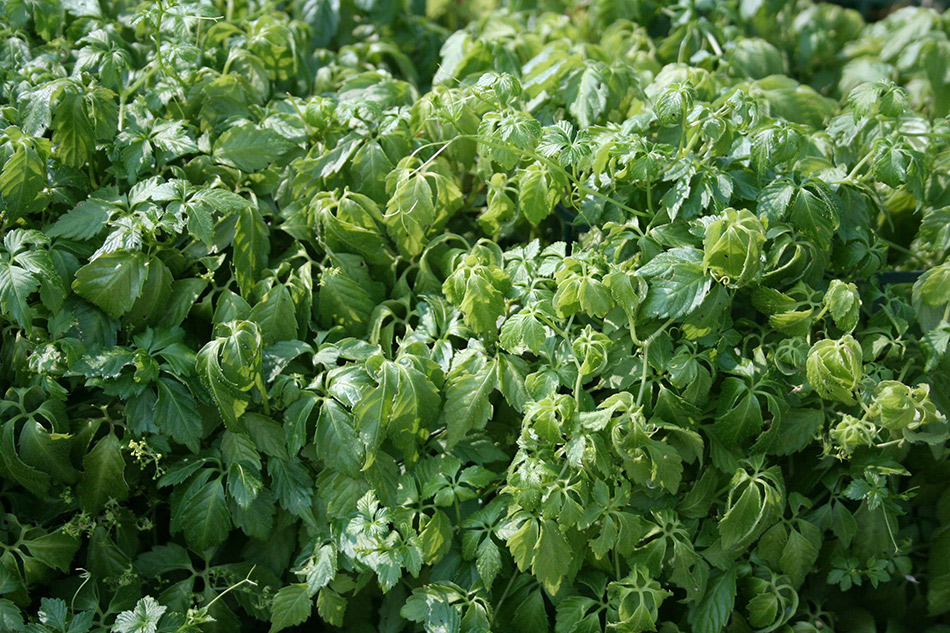Tips for the Winter Gardeners out there
Guest editor: Taylor Carter
Copyright 2016 Art of Living, PrimaMedia,Inc/Maria Liberati

Depending on where you live, gardening during the winter can be next to impossible. If you live in colder climates, more extreme measures need to be taken to allow your plants to grow. Greenhouses are important, and creating an indoor garden are just a few options when it comes to winter gardening. Choosing plants that are hardy enough to sustain themselves through the winter is also important. Here are just a handful of tips to get you and your plants through the winter.
Unless you have a particularly green thumb, beginning a garden in the winter may not be the best idea, unless you live in a more mild climate. The seed buying season used to be between January and March, but it seems that as more people explore their love of gardening, the season is shifting to June through September. Now, people are planting throughout the year and enjoying the fruits of fall-planted crops. Growing your own food has become more and more popular as people realize how satisfying it can be to eat homegrown instead of store bought plants.

However, some plants just can’t be grown during long winter months. If you live up north, try and avoid fruiting crops like tomatoes because they need sun and warmer climates to reach their peak ripeness. Winter crops should be more about plants like winter-cut spinach or winter-pulled carrots. These types of crops mature more slowly as the weather cools but fortunately they sweeten with the colder weather. Plants without fruit are best for the winter season, so focus on plants where the harvest comes from the leaves, stems and roots. Potatoes, winter squash, kale, garlic, leeks and onions all thrive in winter climates and many of these plants need very little attention during the season. They can be planted before the colder climate hits and harvested throughout the season as well.
Protecting the vulnerable plants through the winter season is important as well if you want a healthy harvest. The type of protection needed varies depending on the plant itself and you might end up with several different types of protection throughout your garden. If you plant in garden pots, keep in mind two things. One, roots suffer and are more vulnerable in pots because there isn’t as much insulation as there would be in the soil in the ground. And two, the pots themselves, especially terracotta pots, can become damaged and crack during particularly cold and icy periods, damaging the vulnerable plants they hold. Wrapping pots with hessian or bubble wrap affords them some protection, but to be extra cautious, bring the pots inside. Some types of protection, such as cloches, can get pricey pretty quick, so again, make sure you’re choosing the right kind of protection for the right kind of plant.
Planting in milder climates is definitely easier than trying to plant during a frosty season, and oftentimes more plants can survive the milder climate. There are plenty of resources out there so you can get informed about what plants are best for your climate so make sure you take advantage of those. Having a successful harvest during the winter season can be quite an accomplishment. And although most of us don’t do it out of necessity, it can still be quite rewarding and it can provide a few side dishes for the meals to come.
For more on The Basic Art of italian Cooking, recipes, menus, dishes to use your herbs, veggies and fresh fruits get your copy of the Gourmand World Award Winning book The Basic Art of Italian Cooking: Holidays and Special Occasions-2nd edition
if you are fascinated by Leonardo Davinci, you will be even more fascinated to learn that he too was a fellow foodie in my latest book The Basic Art of Italian Cooking: DaVinci Style filled with storeis of his favorite places to live, work and eat and lots of easy to follow recipes from his favorite places in Italy


